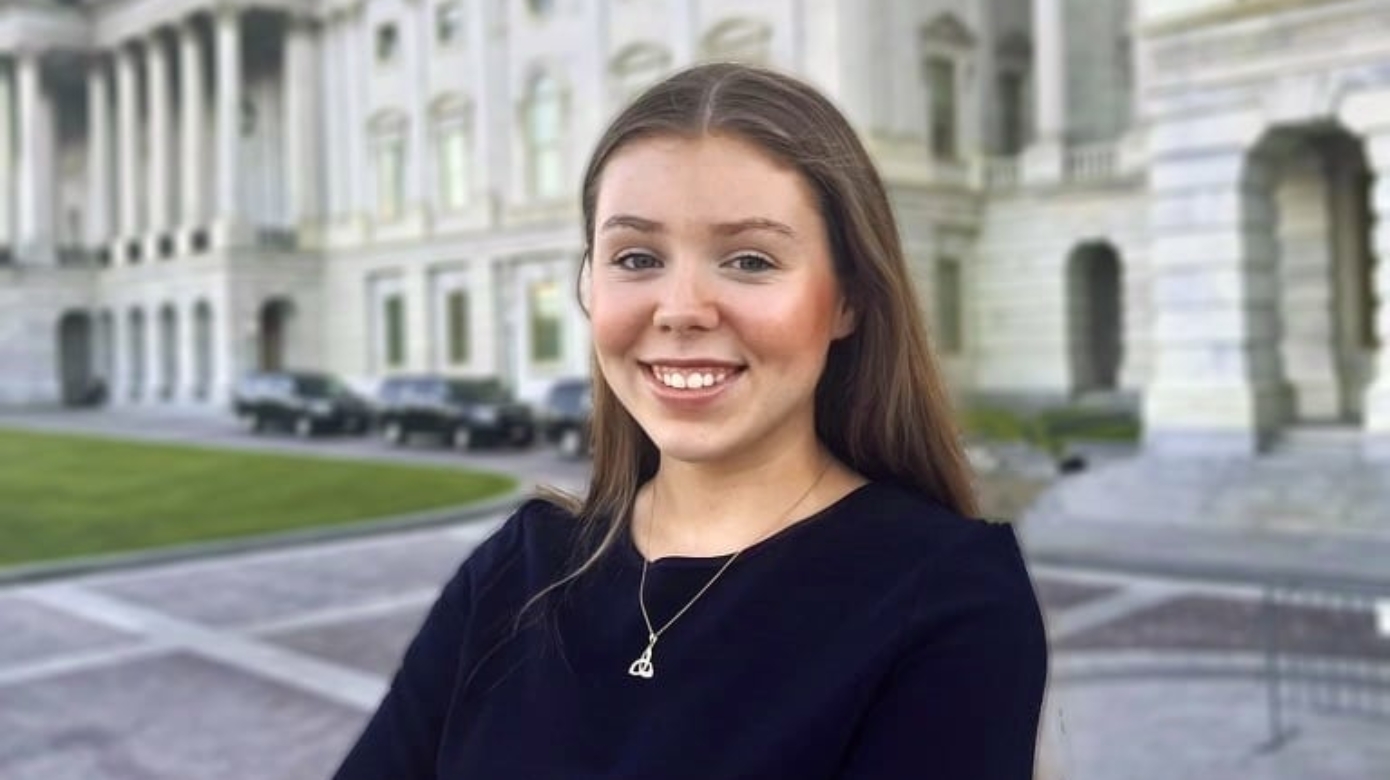By Amy Wagner, Rutgers School of Engineering
This article and photograph originally ran on the Rutgers University School of Engineering website in February 2022. It has been lightly edited and reprinted here with permission.
When Citizen Potawatomi Nation tribal member Katie Lynch was applying to the Rutgers School of Engineering (SoE) in 2019, she noticed that neither the university nor the school had a land acknowledgement.
In 2021, Rutgers published this acknowledgement: “We acknowledge that the land on which we stand is the ancestral territory of the Lenape People. We pay respect to Indigenous people throughout the Lenape diaspora — past, present, and future — and acknowledge that Rutgers University, like New Jersey and the United States as a nation, was founded upon the exclusions and erasures of indigenous peoples.”
Moving forward, this Land Acknowledgment (cpn.news/RutgersHNL) will also be included on the SoE website, thanks to the advocacy of Lynch and her fellow Native students who, according to Lynch are working to increase representation of Native students throughout the university.
“It’s important to note that the land acknowledgement is just the first step in greater university consciousness of Native sovereignty and cultural rights and must be followed by efforts toward equitable relationships and reconciliation with the tribes of the lands we occupy,” says Lynch, a biomedical engineering major.
Using engineering to give back to Indigenous communities
While Lynch remembers that her 7th grade attendance in a biotechnology bootcamp “completely hooked her on the ways in which biomedical engineers create innovative devices that save lives,” she also chose to pursue biomedical engineering because it offers a platform for her to use science to give back to Indigenous communities around the country and world.
“Native students see higher education as a means to reclaim Indigenous knowledge systems, build up capacity for asserting tribal sovereignty, and to provide a means to improve the quality of life for Native nations,” she explains.
After graduating in 2024, Lynch, who is president of the Society for the Advancement of Chicanos and Native Americans in Science (SACNAS), hopes to earn her doctoral degree in biomedical engineering, along with a science, technology and public policy graduate certificate. The CPN Smith family descendant also intends to apply for an American Association for the Advancement of Science (AAAS) Science and Technology Fellowship Program to gain hands-on policy experience within the federal government. She would like to work at the NIH with Indigenous communities on preventive and community health, disease identification and response, and medical research.
Fulfilling a dream for the future
Ultimately, Lynch says she hopes this path will enable her to fulfill her long-range “dream for the future of pursuing a career as the policy advisor on Indigenous knowledge at the White House Office of Science & Technology Policy, and work to investigate how the U.S. can utilize Indigenous ways of knowing to develop solutions to healthcare access around the country that bridge Indigenous knowledge with science, research, and policy — and ensure a safe, sustainable future for Indigenous communities.”
She predicts “Indigenous knowledge will save the world.”

